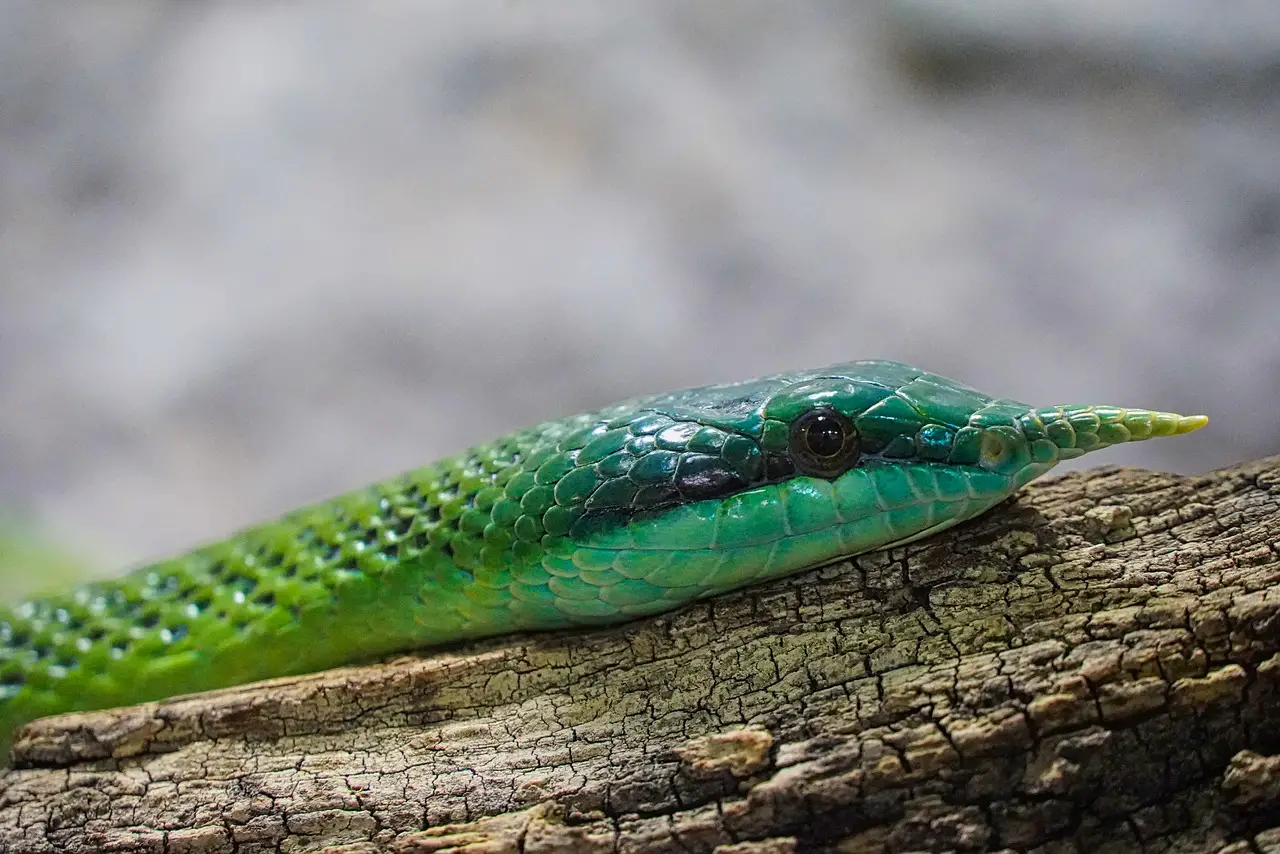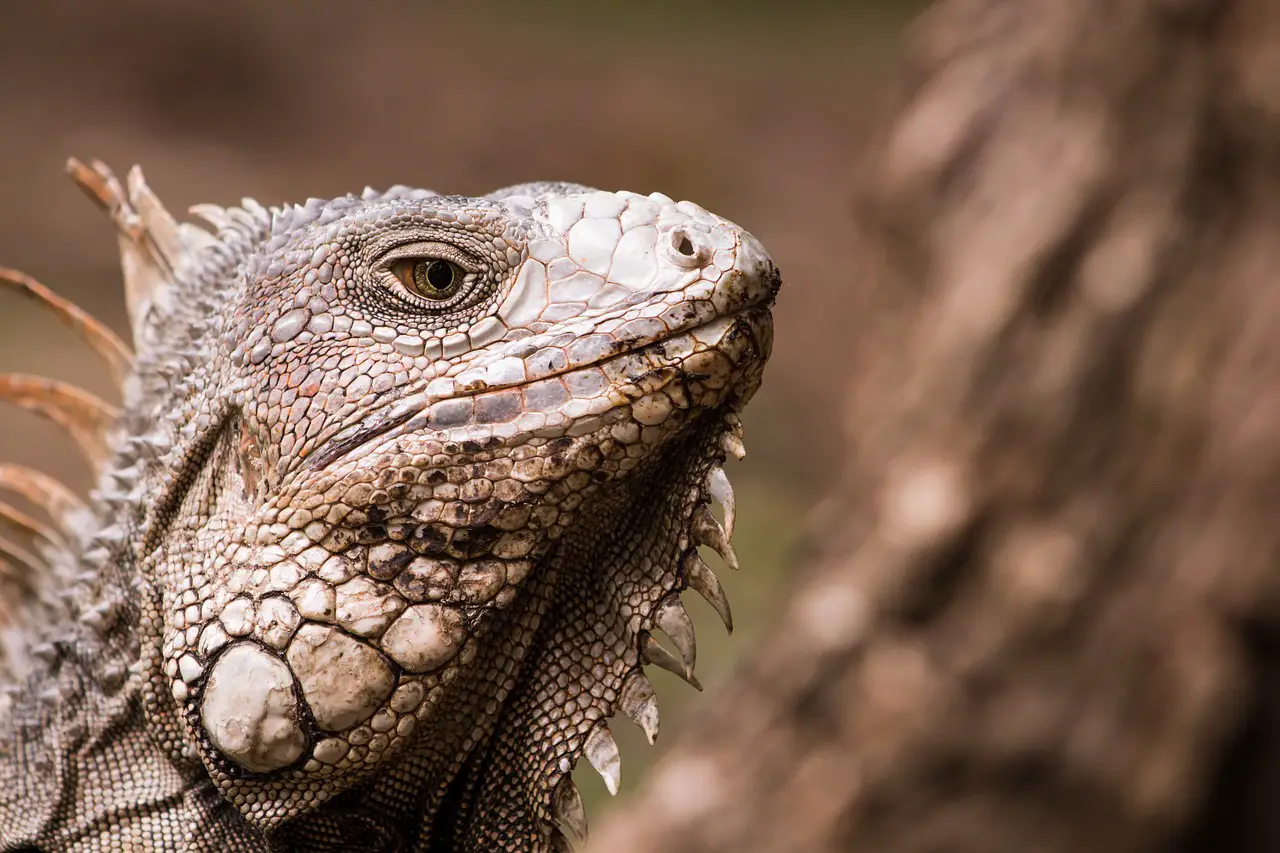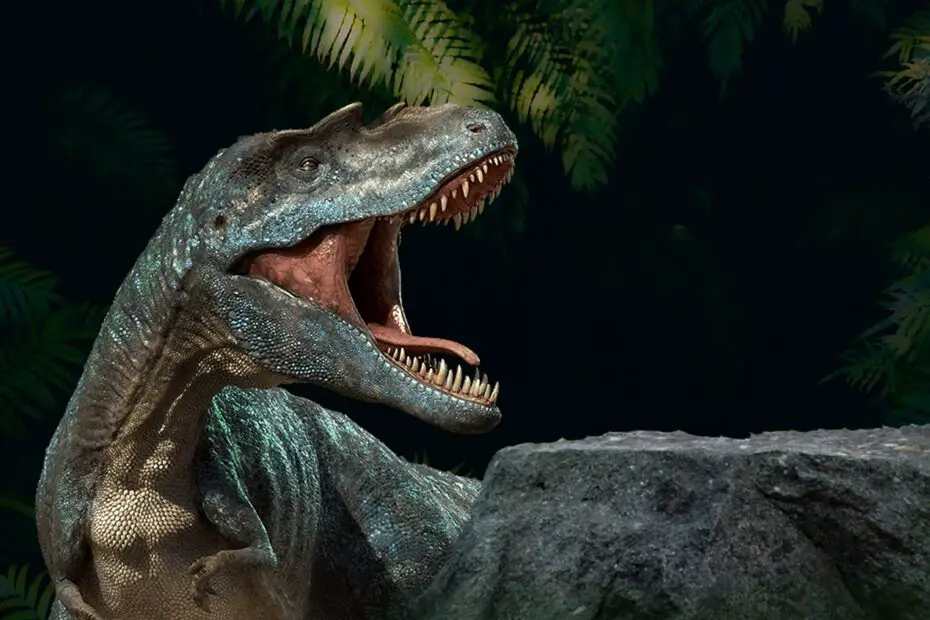Reptiles, with their diverse forms and lifestyles, have played a crucial role in the evolutionary history of life on Earth. These ancient creatures have existed for hundreds of millions of years, adapting and diversifying in response to changing environments.
In this exploration of the evolutionary history of reptiles, we will journey through time, uncovering the origins of these remarkable creatures, their key evolutionary milestones, and their enduring legacy on our planet.
You may also want to know if there are bears in Australia.
The Evolutionary History of Reptiles
The story of reptiles begins in the Carboniferous period, approximately 350 million years ago. At this time, the Earth was vastly different from what we know today. It was a world dominated by lush forests of towering trees, swamps, and a warm, humid climate.
Reptiles evolved from early tetrapods, which were the first vertebrate animals to venture onto land. These tetrapods had evolved from fish and developed limb-like structures for walking in shallow water and on land. Over time, these early tetrapods underwent significant changes that laid the foundation for reptile evolution.

One of the key adaptations that set reptiles apart from their amphibian ancestors was the development of an amniotic egg. This egg was enclosed in a waterproof shell that allowed reptiles to reproduce successfully on land, free from the need to return to water to lay eggs. This innovation was a game-changer, as it liberated reptiles from the constraints of aquatic reproduction and enabled them to colonize a wide range of terrestrial habitats.
The Rise of the Dinosaurs
Reptiles continued to diversify throughout the Permian and Triassic periods, eventually giving rise to one of the most iconic groups in the history of life on Earth: the dinosaurs. The early dinosaurs appeared around 230 million years ago, during the Late Triassic period.
Dinosaurs quickly became the dominant terrestrial animals during the Mesozoic Era, which is often referred to as the “Age of Dinosaurs.” They evolved into an incredible array of forms, from small, agile predators to enormous herbivores like the iconic Brachiosaurus and Tyrannosaurus rex. Some, like the flying pterosaurs and the aquatic ichthyosaurs and plesiosaurs, explored the skies and oceans.
During this time, the continents were arranged differently than they are today. The supercontinent Pangaea allowed dinosaurs to disperse across vast landmasses, leading to the evolution of diverse species in various ecosystems. This period of reptile dominance continued for nearly 160 million years.
The K-T Extinction and the Rise of Modern Reptiles
The Mesozoic Era came to an abrupt end approximately 66 million years ago, with one of the most significant mass extinctions in Earth’s history, known as the Cretaceous-Tertiary (K-T) extinction event. This cataclysmic event wiped out nearly 75% of Earth’s species, including the non-avian dinosaurs. While some reptile groups, such as crocodilians and turtles, survived the extinction, the dinosaurs, as a whole, were no more.
In the aftermath of the K-T extinction, mammals and birds emerged as the dominant land animals. However, reptiles persisted and diversified in new ways. Mammals, which had previously been overshadowed by the dinosaurs, began to fill ecological niches left vacant by the extinction, leading to their own evolutionary radiations.
Modern Reptiles: Turtles, Snakes, Lizards, and Crocodilians
The modern reptile groups we are familiar with today, including turtles, snakes, lizards, and crocodilians, have their origins in the wake of the K-T extinction. Let’s explore the evolutionary history of some of these groups:

Turtles
Turtles are among the oldest surviving reptile groups, with their origins dating back to the Late Triassic period, around 220 million years ago. These shelled reptiles underwent minimal evolutionary changes over time, and their unique anatomy and lifestyle have remained relatively conserved.
Snakes and Lizards
Snakes and lizards belong to a group of reptiles known as squamates. They first appeared during the Jurassic period, around 150 million years ago. Early squamates resembled small, lizard-like creatures. Over time, some lineages of squamates evolved into legless, elongated forms, giving rise to modern snakes.
Crocodilians
Crocodilians, including alligators, crocodiles, and caimans, have a long evolutionary history dating back to the Late Triassic period. These reptiles have changed relatively little since the time of the dinosaurs and are often referred to as “living fossils.”
Reptiles in the Modern World
Today, reptiles are a diverse and thriving group of animals found in various ecosystems worldwide. They occupy ecological niches ranging from the deserts and grasslands to tropical rainforests and aquatic environments. Here are some of the key features of modern reptiles:
Ectothermy
Most reptiles are ectothermic, which means their internal body temperature is regulated by external environmental conditions. This adaptation allows them to conserve energy and thrive in a wide range of habitats.
Carnivores, Herbivores, and Omnivores
Modern reptiles exhibit a range of dietary preferences. While some are carnivorous, preying on insects, rodents, and other animals, others are herbivorous, feeding on plants and vegetation. Some reptiles, like certain turtle species, are omnivores, consuming both plant and animal matter.
Unique Reproductive Strategies
Reptiles employ a variety of reproductive strategies. While many lay eggs (oviparous), some reptiles, like certain species of snakes and lizards, give birth to live young (viviparous). Others, such as some boas and pythons, incubate their eggs internally and give birth to live offspring (ovoviviparous).
Conservation Challenges
Despite their ancient lineage, many reptile species face significant conservation challenges today. Habitat loss, climate change, pollution, and overexploitation are major threats. Several reptile species are endangered or critically endangered, underscoring the importance of conservation efforts to protect these unique creatures.
The Legacy of Reptiles
The evolutionary history of reptiles is a testament to the adaptability and resilience of life on Earth. From their humble beginnings as terrestrial tetrapods to their domination of the Mesozoic Era and their continued presence in the modern world, reptiles have left an indelible mark on our planet’s history.
Today, reptiles continue to play vital roles in ecosystems as predators, prey, and ecological engineers. They contribute to the balance of nature, and their survival serves as a reminder of the enduring legacy of Earth’s ancient inhabitants.
As we learn more about the evolutionary history of reptiles, we gain a deeper appreciation for the complexity and interconnectedness of life on Earth. The study of reptiles not only enriches our understanding of biology and paleontology but also reinforces the importance of conservation to protect these remarkable creatures for future generations to marvel at and study.
